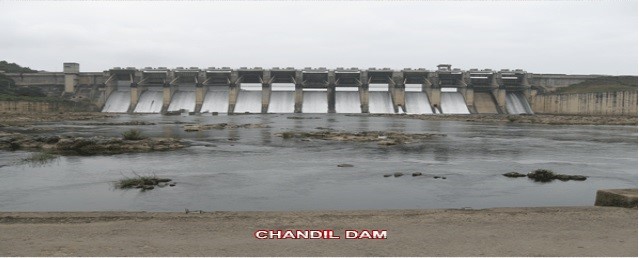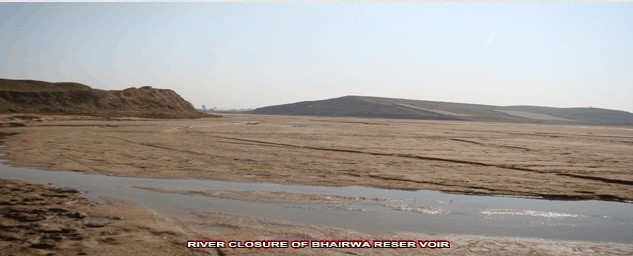Ground Water Resources

Importance of Ground Water
The importance of groundwater for the existence of human society cannot be overemphasized. Groundwater is the major source of drinking water in both urban and rural Jharkhand. Besides, it is an important source of water for the agricultural and the industrial sector. It is a renewable resource. Being an important and integral part of the hydrological cycle, its availability depends on the rainfall and recharge conditions. Till recently it had been considered a dependable source of uncontaminated water. However, now its quantity quality is going down due to overexploitation and its contamination through various sources, including industrial waste. Jharkhand receives 1100 mm to 1442 mm rainfall, out of which 23800 MCM comes as Surface water and 500 MCM as ground water. But due to Geographical setup about 80% Surface water and 74% ground water goes outside state which is responsible for 38% of drought of Jharkhand. After creation of Jharkhand, all the towns as well as capital Ranchi has shown declining trend of ground water level. Consequently, in the peak summer, wells and tube wells go dry. This has necessitated need for artificial recharge to cater to the need of ground water demand, particularly in the urban areas.

Present Scenario of Ground Water and Surface Water in Jharkhand
As per dynamic resource calculation, present scenario of Ground Water and Surface Water in Jharkhand is as follows:-
- Ground Water Reserve of Jharkhand – 4292 M.C.M.
- Surface Water – 25876.98 M.C.M.
- Allocation for irrigation required by fields – 3813.17 M.C.M.
- Industry Requirement – 4338 M.C.M.
- Urban area requirement – 1616.35 lakh gallons
- Availability in urban area – 734.35 lakh gallons



